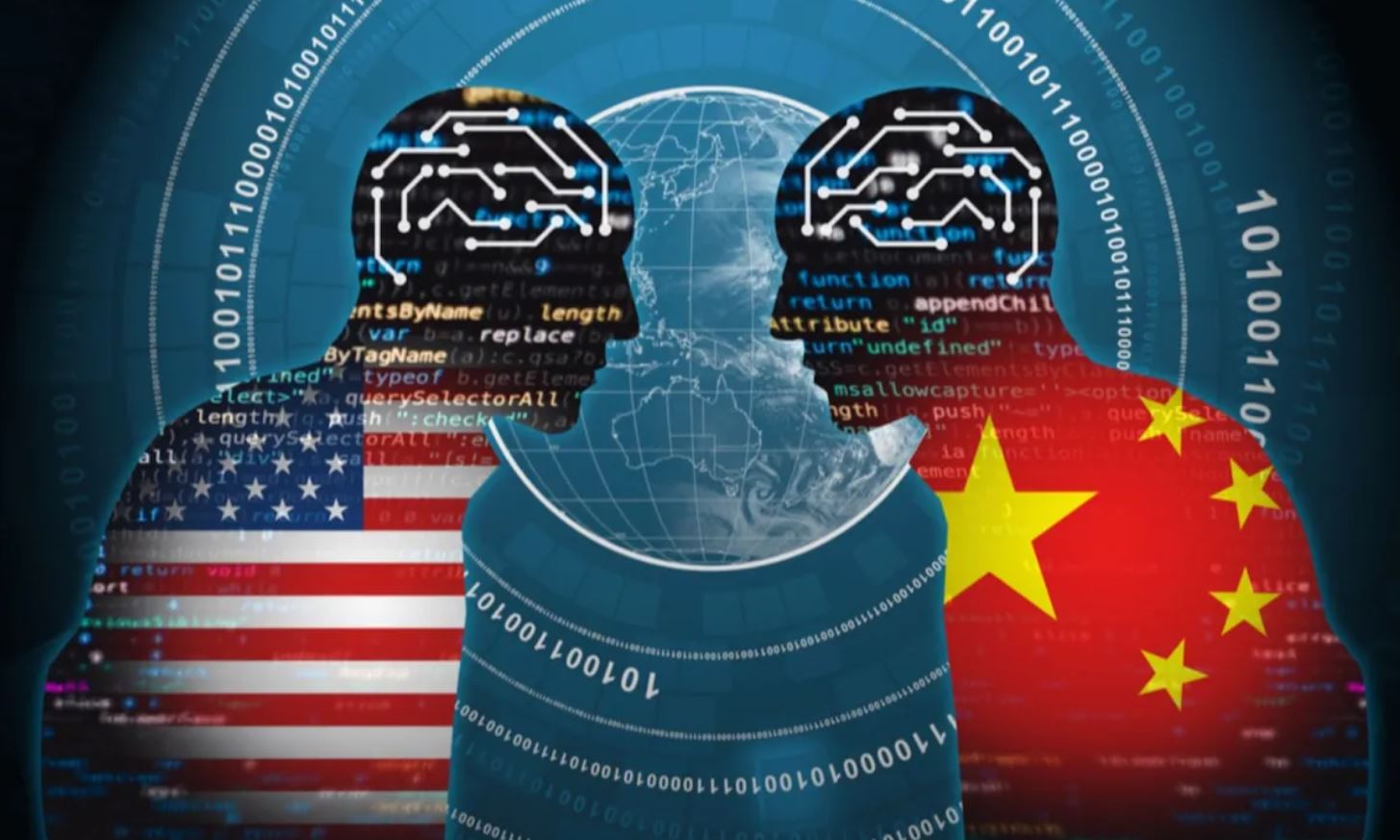 The United States is at a pivotal moment, facing challenges that echo the past but with a new, formidable competitor: China. Unlike previous rivals, China stands toe-to-toe with the U.S. in both economic scale and technological strength. Yet, American policymakers seem to lack a clear strategy to meet this unprecedented challenge, often defaulting to reactive measures that play right into Beijing’s hands.
The United States is at a pivotal moment, facing challenges that echo the past but with a new, formidable competitor: China. Unlike previous rivals, China stands toe-to-toe with the U.S. in both economic scale and technological strength. Yet, American policymakers seem to lack a clear strategy to meet this unprecedented challenge, often defaulting to reactive measures that play right into Beijing’s hands.
Historically, America has leaned heavily on economic sanctions and military posturing. But these tactics fall short when it comes to the nuanced challenges China presents today. Instead of reacting to China’s moves, the U.S. needs a proactive strategy, one that redefines success beyond just maintaining the status quo.
This strategy requires in-depth research and monitoring to truly understand China’s technological advances and global influence. Only by grasping China’s strengths and weaknesses can the U.S. craft a plan for long-term success.
China wields its influence on the international stage both overtly and subtly, often compelling U.S. businesses to hand over intellectual property while censoring global media content. The People’s Republic uses its laws to push national interests, viewing competition as a zero-sum game.
The belief that America can slow China’s rise through export controls is misguided. China’s advancements in AI and nuclear capabilities highlight the limits of such tactics. The emergence of Chinese AI models like DeepSeek signals a global spread of AI expertise, not confined to one nation.
If the U.S. ignores China’s rise, it could face severe consequences, including conflict and cybersecurity threats. It’s time to move past outdated notions of unchallenged global dominance. Recognizing the multipolar world is crucial for developing an effective strategy toward China.
Despite its strengths, China has vulnerabilities. Its government relies on surveillance and oppression, stifling innovation and dissent. Economic pressures, like high youth unemployment and a struggling real estate sector, threaten its stability. U.S. policymakers can exploit these vulnerabilities while nurturing distinctive American strengths.
To outpace China, the U.S. must invest in talent and innovation through public-private partnerships. American communities could become hubs for advanced manufacturing and AI-driven solutions, creating new opportunities for citizens.
China excels at turning innovations into practical applications, running numerous state-backed commercialization centers to convert ideas into products. The U.S. can learn from this by integrating discoveries into industry, using AI to enhance domestic capabilities.
For America to reclaim its innovative edge, it must invest in education, fostering AI literacy across all demographics. This requires collaboration among government entities, private industry, and educational institutions to build a workforce ready for future challenges.
Reimagining former industrial towns as modern centers for AI-driven manufacturing can reduce reliance on foreign supply chains. By creating jobs that blend AI with traditional skills, the U.S. can boost economic resilience while engaging in global partnerships.
Though challenges exist, such as AI’s early stage and workforce adaptation, the risk of inaction is greater. As China aggressively integrates AI into its society, the U.S. must not delay in developing its capabilities.
America has the opportunity to lead in human-AI collaboration, sparking a new era of scientific and industrial growth. By investing in AI and fostering diverse talent, the U.S. can build a prosperous future, engaging with China constructively while safeguarding its interests.








